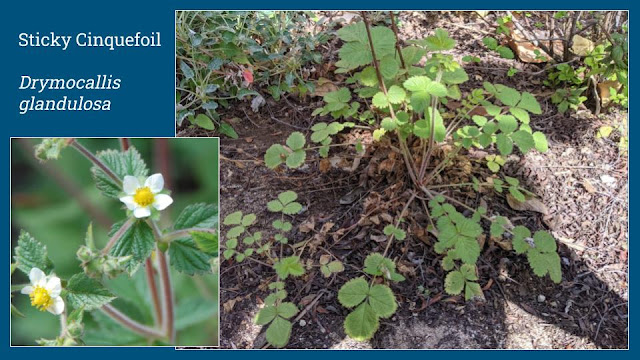I have been studying desert lilies (Hesperocallis undulata) for a few years. I started in 2017 when we had enough rain to produce a bumper crop of lilies. At the end of that season I collected several fruit which contained a few hundred seeds. I planted some of these seeds in the ground in Borrego Springs and a few others in a container that I took home to Encinitas. In the winter of 2017-18 a number of the seeds germinated and produced their first hair-like leaves.
The ones in the container in Encinitas did better than the ones in the ground in Borrego, most likely due to receiving a little more rain and some supplemental water from me, as well as cooler summertime temperatures. The container now has three individual plants in it. My goal was not just to grow them but to observe the bulbs after a few years of growth. This year felt like the right year to do so. I waited until the leaves had dried, indicating that the plant was finished for this season. The following photo shows the container with three leaves emerging from the sandy soil.
Today I dumped the soil out of the container and broke it up to find the bulbs, such as they might be. The following photo shows the baby bulbs after three full seasons of growth.
I cut the leaves off at ground level and finished removing the bulbs from the soils so they could be measured and weighed as shown in the next series of photos.
All three bulbs were approximately three inches below the soil surface. The bulb immediately above has the most intact root system, reaching more than 3 inches below the base of the bulb. Next I weighed them. The weight of each is shown in grams below. Clearly these are small bulbs, still immature but having the characteristic bulb structure.
In addition to these bulbs that were produced from seed, I have one bulb that I collected when it was already more-or-less full size. I put it in a container and brought it to Encinitas to see how well it would do in a mild, coastal environment. It did quite well, even flowering one year. This year it didn't receive enough rain to leaf-out, and I didn't give it enough supplemental water. I decided to remove this bulb from the soil to see what its condition might be.
There isn't much to be learned from this bulb because it has no visible roots, I don't have a previous weight for it, and I was unable to get an accurate measurement of its depth. However, this weight is one data point that I can use as a baseline for measurements in future years.




























































